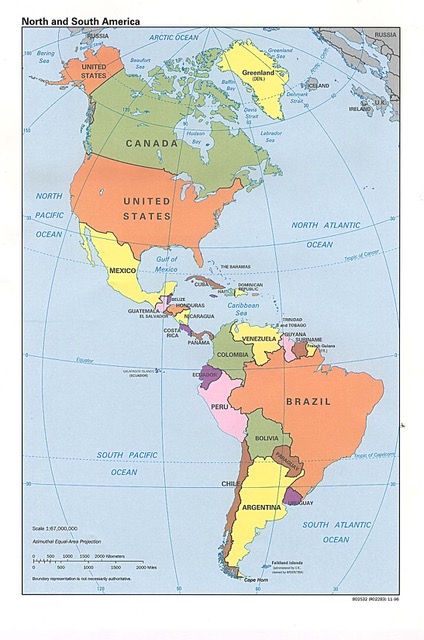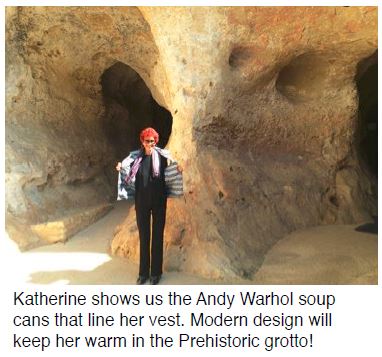 At exactly 10 am, we are allowed to walk through the book shop to start up the trail, a dry
At exactly 10 am, we are allowed to walk through the book shop to start up the trail, a drypath up a good hill to the mouth of the cave, about 20 minutes. With Christine Desdemaines-Hugon and
our driver/guide Marion Carles to chat with us, we absorb the details of the earliest settlers here. A rich prehistory continues to be excavated. The discovery of the caves early in the last century has allowed scientists and anthropologists to interpret thousands of years of man’s presence & development in this valley. Our assumptions are challenged at every turn.
As we come closer to the mouth of the cave, my
curiosity and visual reflexes are on high.
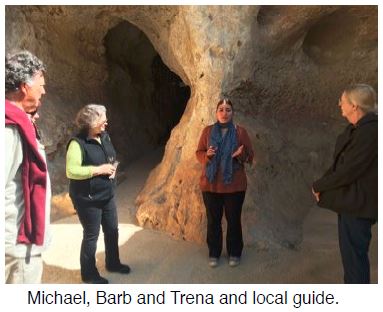 In a few more steps, we will see hundreds of animals drawn with a blend of red and black colors. The shades were made using crayons that they have found on site and paint brushes that haven’t been discovered.
In a few more steps, we will see hundreds of animals drawn with a blend of red and black colors. The shades were made using crayons that they have found on site and paint brushes that haven’t been discovered.
Some marks were dabbled with a sponge. And the most common mark here was made with the spraying technique. The walls are still wet from the 99 per cent humidity in the cave. The red or black powder was/could be blown thru a tube made out of reindeer horn. We learn how the artist thread two tubes at a right angle. In this way prehistoric man made a spraying tool.
Christine is eloquent, passionate and above all, knowledgable about the cave art. She believes, and it is clear to all of us, this has to be a very experienced single artist at work, She explains the group of 12 bison are an example. From the first to the last, they fit perfectly on the bumps of the surface of the cave – in a room that is over 120 meters. It had to be a fully conscious person. The animals seem like they are meeting, an important message. The animals are always full bodied healthy and not wounded. This is where we find the licking reindeer with huge black antlers – a unique drawing depicted only here.
Font-du-Gaume is the only one still open with polychrome paintings – since Lascaux
has closed. There are hundreds of bison, aurochs, rhinoceros, horse, wolf and reindeer
– and tectiforms. These are shapes in 3 lines that make the form a roof or an uneven
rectangle sometimes with a protruding set of lines. (I start to see the shape in the road
signs, in the rock shadows, and dream up wonderful ideas of what it could “mean”).
 The cave has two openings. We go to the right.
The cave has two openings. We go to the right.
There is lots of information about the age of the cave, the discovery of it by Breuil in 1901 and the way the scientists committed their lives to study and description of prehistoric
times.
Carbon 14 dating discovered in 1950’s is still the way we have to pin point prehistoric objects. Of course, they have to have carbon in them! not possible to use the dating on the paints made of iron oxide (red) and the toxic manganese dioxide (black)!
Ramelle Pulitzer, September, 2015

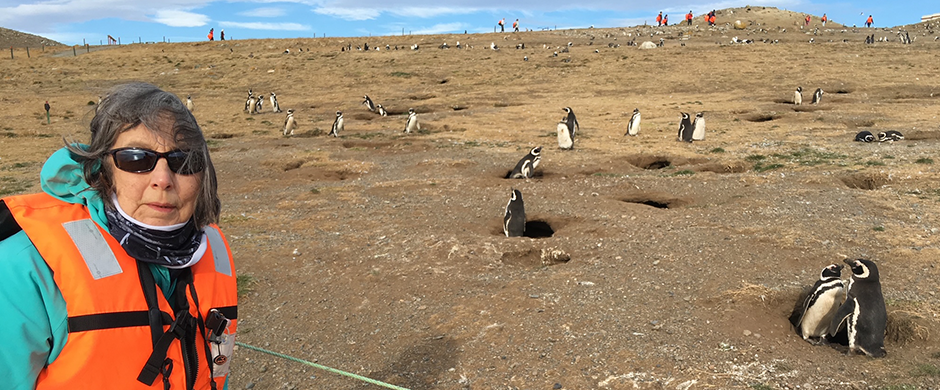

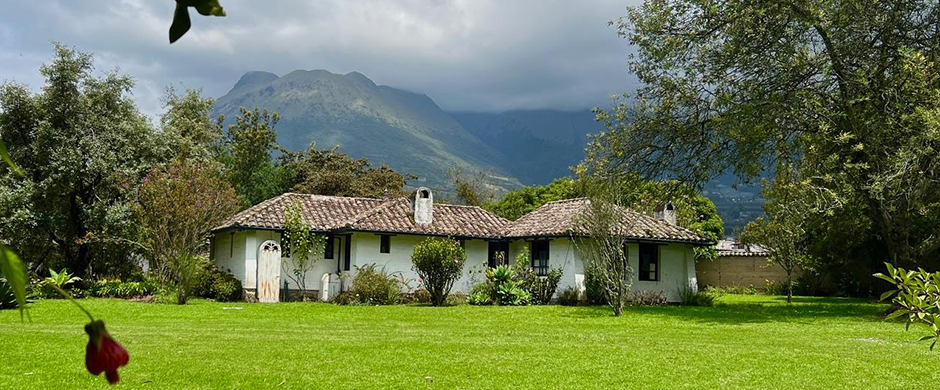

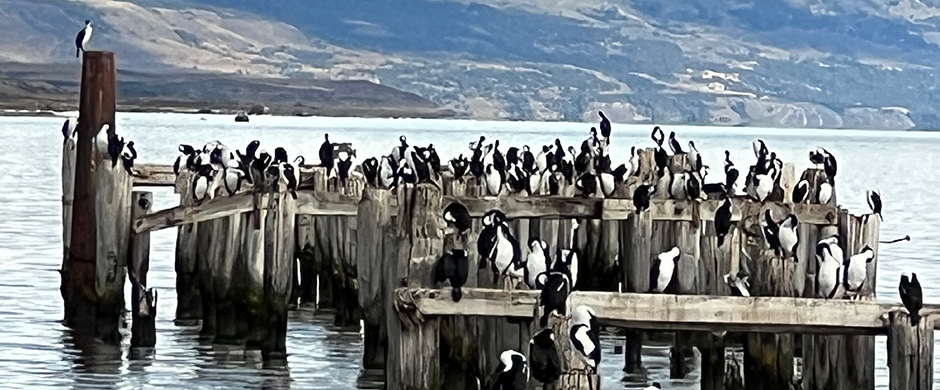
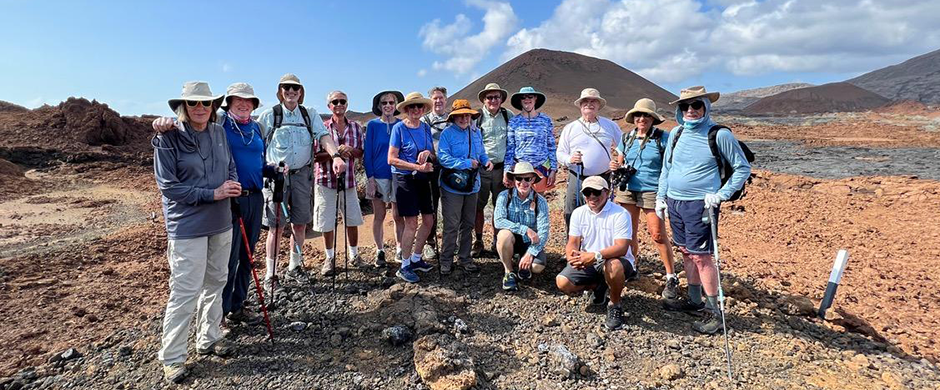

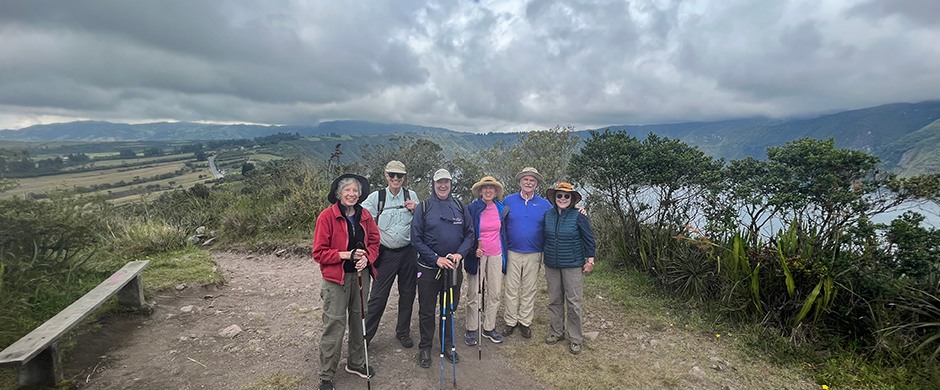
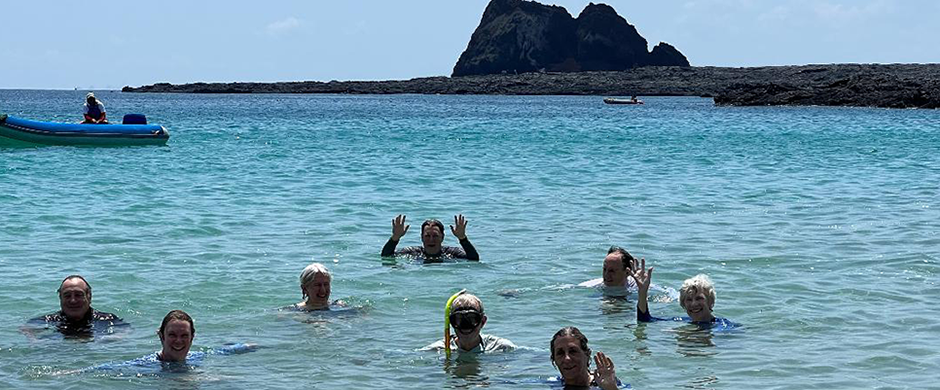

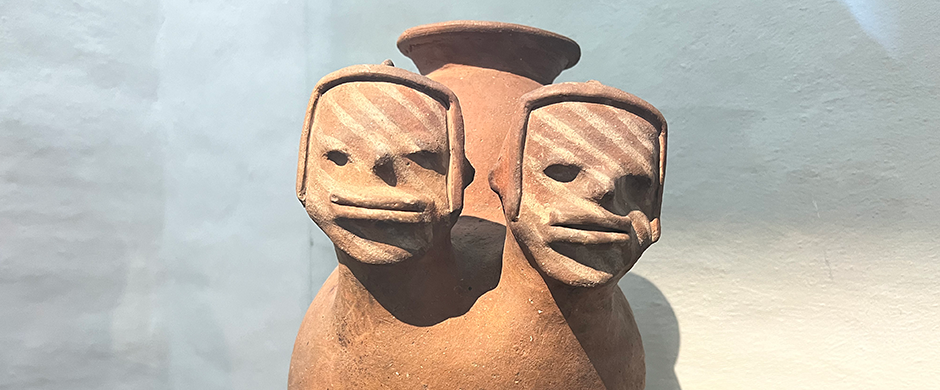

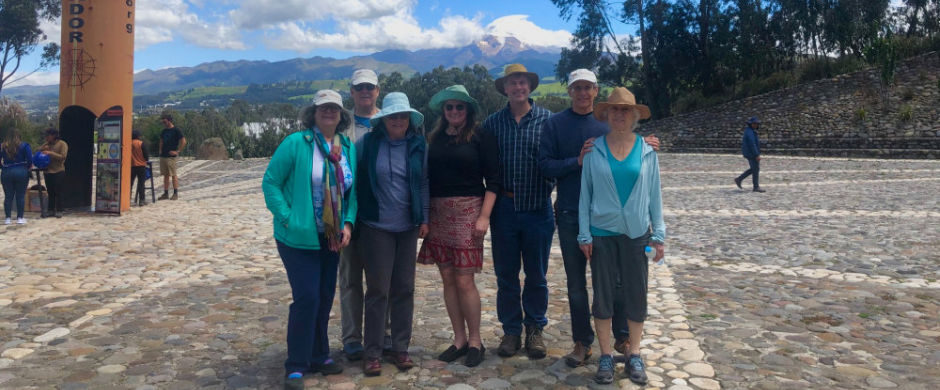
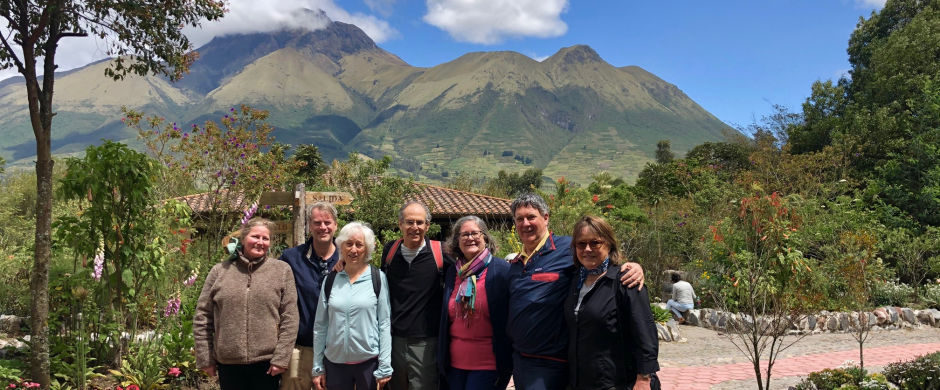
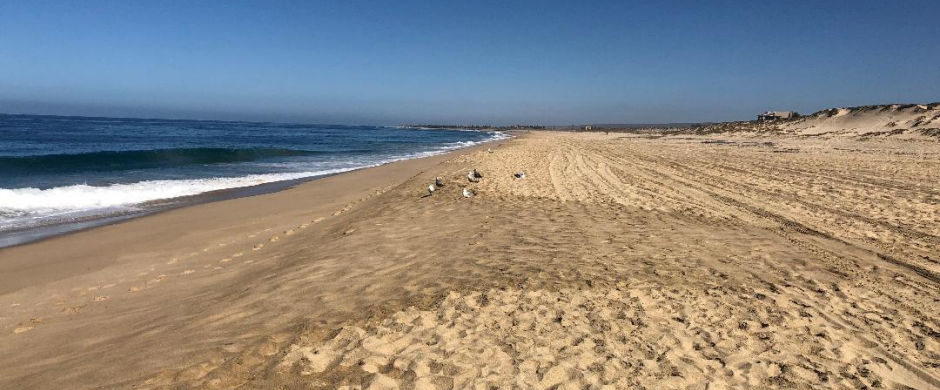
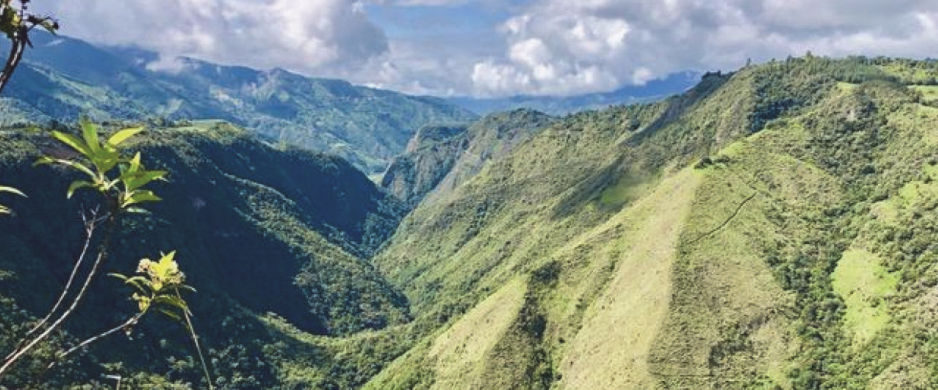
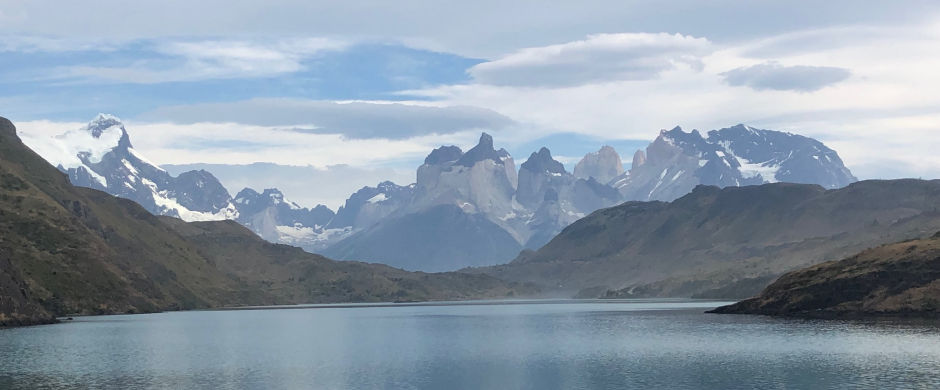
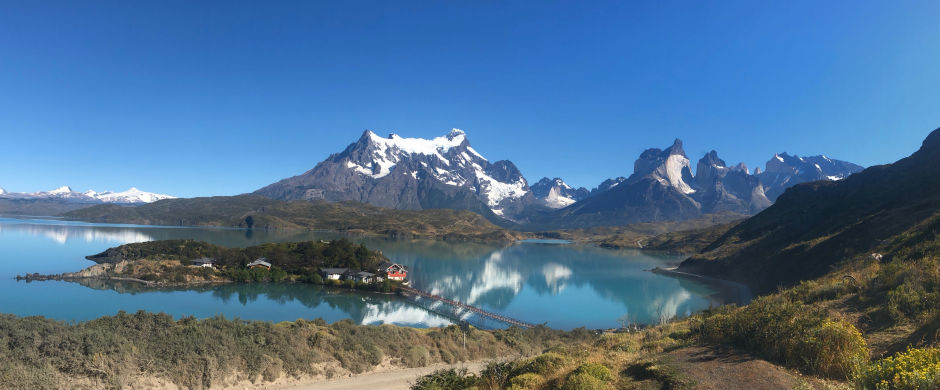
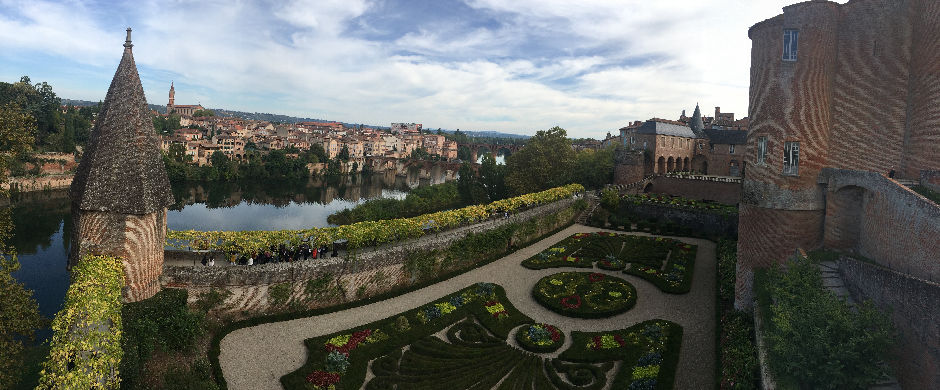
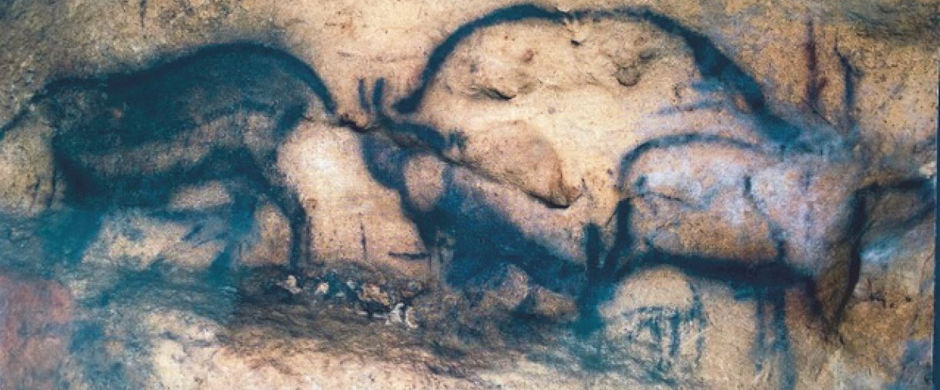



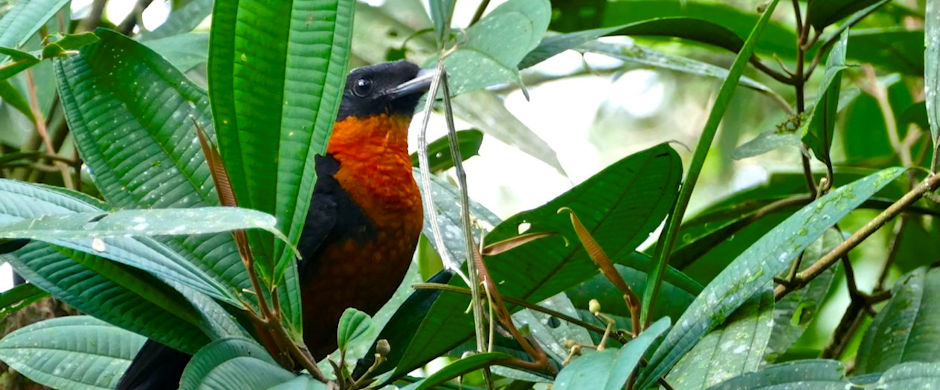

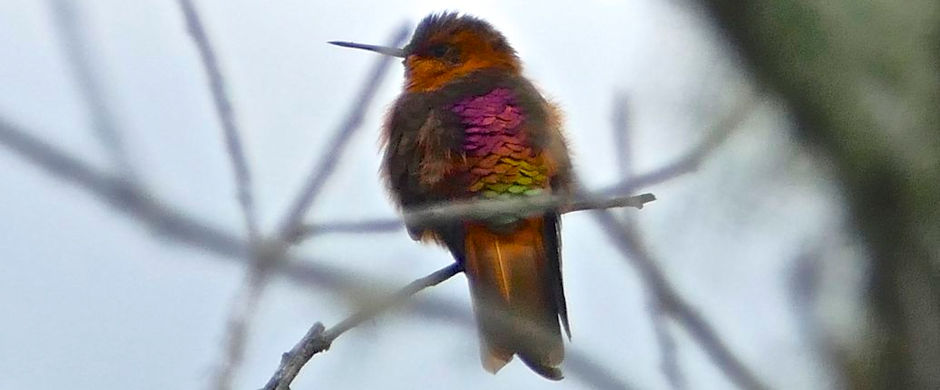




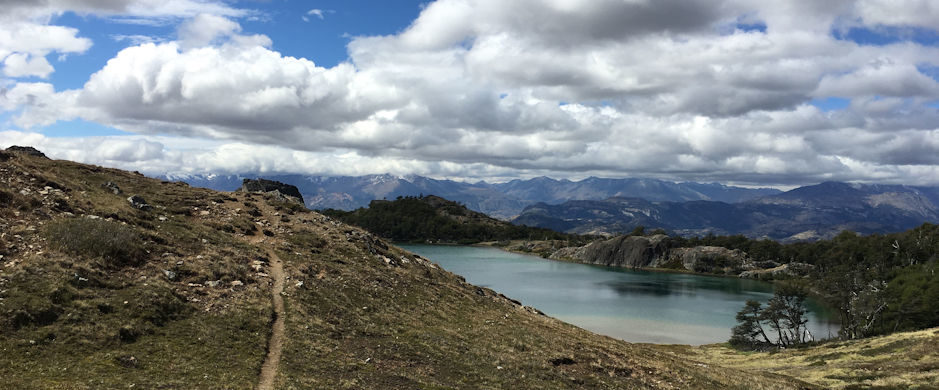
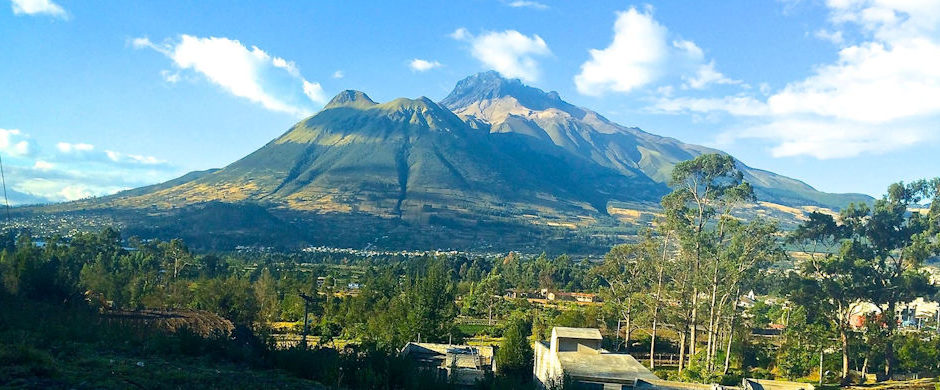

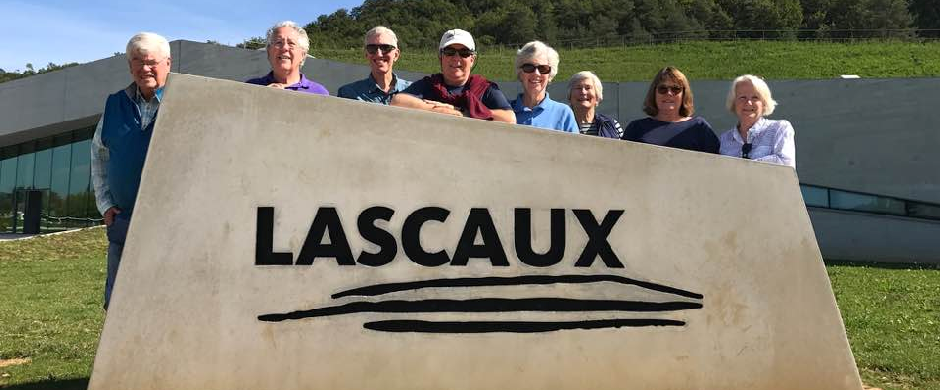
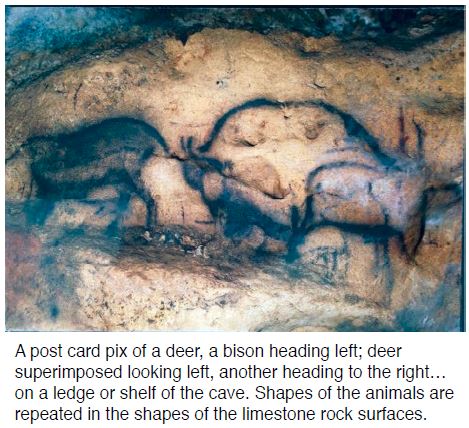
 Follow us
Follow us 